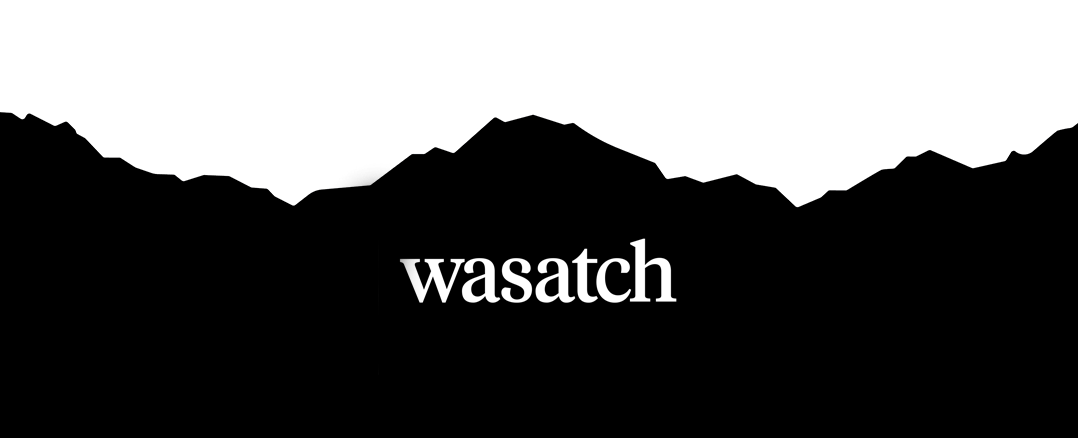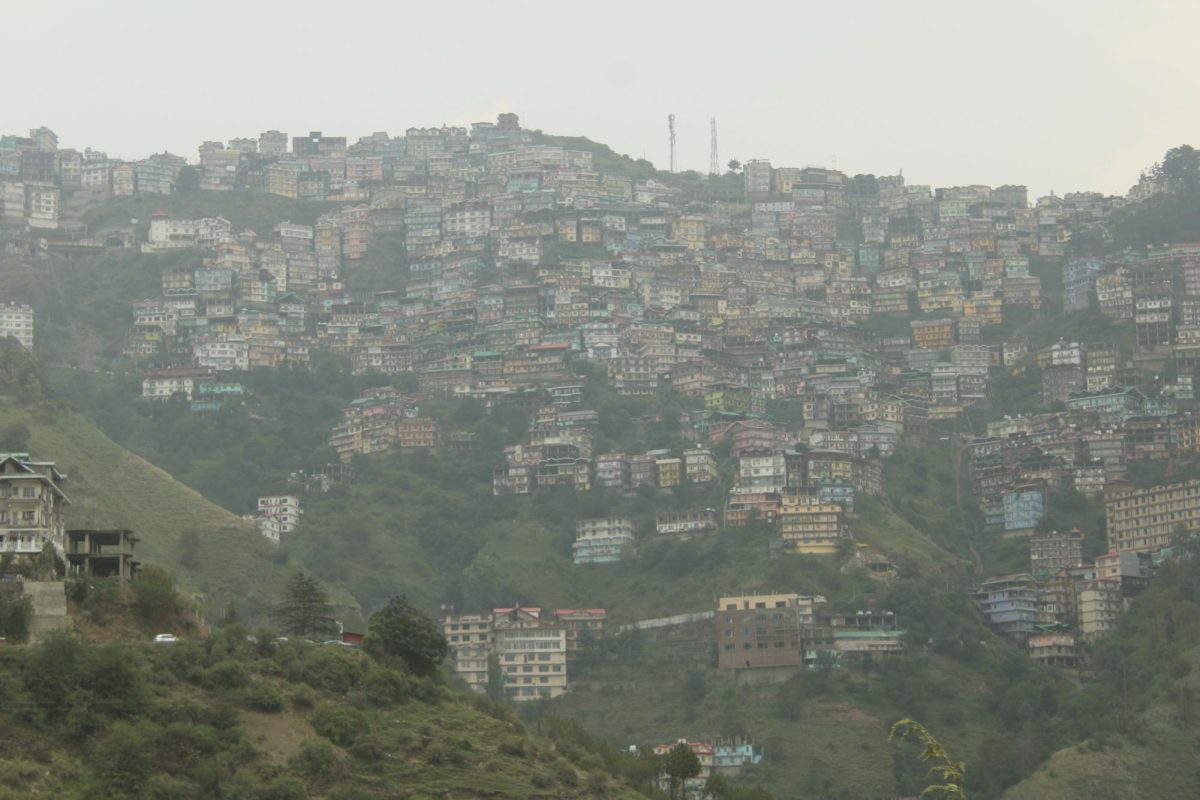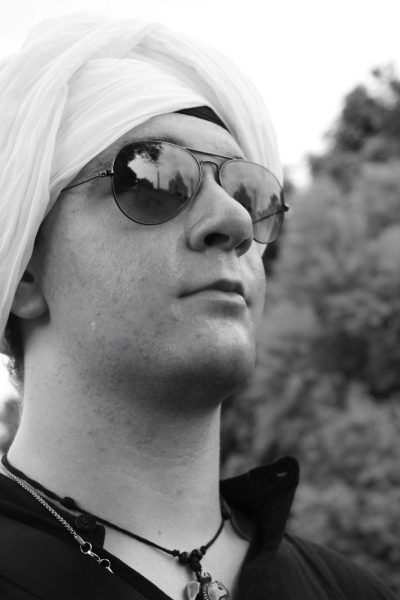This summer, I was lucky enough to spend a month in the Himalayas. After flying into New Delhi, I journeyed 3 days north through winding roads, mountain passes, and quiet villages until I reached Kaza—a remote town nestled 10,000 feet above sea level. The air there feels different. Not just thinner, but quieter, a valley soaked in stillness and sincerity. As you stroll the streets, you can feel it in the early morning air, greeted by quiet smiles and nods of “Juley” from passersby. And while the views were stunning, it wasn’t the snow-capped peaks or ancient monasteries that left the deepest impression. It was the people.
There’s a gentleness to life in the Himalayas that can’t be faked. The locals—Tibetan by descent— live gently. They carry an ease in their interactions, a natural kindness that doesn’t feel performative. It’s simply how they are. They strive to embody peace and kindness in everything they do. Whether they’re offering you a seat, a cup of tea, or directions on the road, there’s no hesitation, and no expectation of repayment.
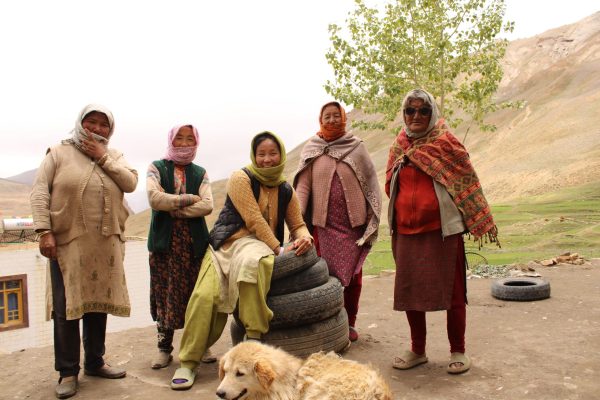
While spending time in a nearby village, we were introduced to a man named Norbu. He is an Amchi—a kind of traditional healer. My friend Sammy and I sat with him and asked a lot of questions to better understand the people and their culture. At one point, Sammy asked if wrestling or martial arts were part of life here. Norbu shook his head and said, “No.” The people here,” he told us, “are more concerned with showing love than with fighting. Even as children,” he said, “brothers don’t wrestle or roughhouse.” That really struck me. I have three brothers, and growing up, we roughhoused constantly. Wrestling until someone got hurt, then doing it all over again the next day. But here, things are very different. Peace isn’t just taught, it’s lived.
The next morning, on June 15, a few of us went to explore the town across the creek. At the base of the mountain is a monastery overlooking the valley. We wandered the town till we reached the gate to enter the grounds. Once inside the monastery grounds, we stopped to use the restroom. As we walked out, a monk approached and asked where we were from. We told him and said that we hoped to visit the monastery. He looked at us, paused for a moment, and then asked with a smile, “Are you good?” We nodded and said yes, not fully understanding what he meant. He laughed wildly, pointed up the stairs, and waved us on. Up the stairs and to the right was the main building. We went up to the door and peeked behind the rug that was hanging to cover it. We saw that it was locked and stood there for a second, unsure of what to do. At that point, we had two options: we could do what was easy—shrug it off, walk away, and explore the rest of the town—or we could do what was uncomfortable and awkward, to ask a stranger, a monk, if he’d let us in. As we stood there, I remembered a quote I’d heard a while ago: closed mouths never eat. So, we found a monk and opened our mouths to ask if he’d allow us in. He said “Ya” and led us back to the door, unlocked and held the rug back for us to enter. The prayer hall was massive, dim, silent, and beautiful. Red walls, colorful awnings, and ceilings with golden trim, massive golden statues, and bright woven fabrics hanging from the ceiling like banners. The air felt thick with stillness, like the whole room was holding its breath. We stepped softly, walking clockwise , taking it all in. The monk stood by the door and watched us. We then asked if we could sit and meditate. He smiled and pointed us toward the side rows of cushions – because the center was reserved for the monks. We sat and silently meditated. A few moments later, I opened my eyes and stood up to leave. The monk was still patiently waiting. He saw us out and we thanked him. He didn’t have to unlock the door for a couple of foreign strangers, but he did. He didn’t owe us anything, but he gave us that moment anyway. And that was more than enough.
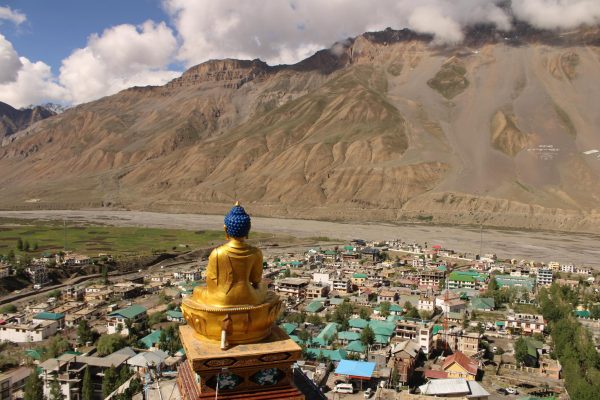
The next morning, June 16, I got up at 6 a.m. to go on a run with a few others in the group. They are avid runners, I am not. Starting out was not that bad and I kept up with the group for about 20 minutes then I had to go at my own pace. A much slower one. After a while we turned around to head back to our hotel. I fell behind again and was exhausted. While walking to catch my breath as I climbed up a hill, I heard a few dirt bikes start up. I instantly wanted to beg for a ride back, but maybe it’d be better to keep going and not bother them. Then that same quote came back to me: closed mouths never eat. I walked up to them and asked where they were going and when they were going. They said they were heading north, which is the direction I was going, but they weren’t going to leave for another 30 minutes. I said no worries and turned around to keep going but they stopped me and asked if I wanted a ride on a bike. “Yes, please!” I was trying to tell him where I needed to go and he stopped me and said, “no worries, I know the way.” I hopped on. The back of the bike and he asked if I was from Australia. I don’t know if it was the lack of oxygen or the exhaustion, but I went with it and responded, “is it that obvious?” “Yes.” As we rode, we talked about where we were going next. He said he planned to travel all the way to the top of the country, and after that, maybe visit America. So, I recommend Utah. I was caught up in the conversation so when he said “I think I’m lost.” I noticed we were pretty far past my hotel. “If we turn around, I will lead your back.” He didn’t seem annoyed. Didn’t even hesitate. Just turned the bike around. Together we got back to my hotel. I gave him a big hug because it was all I had to give. He smiled and said, “You’re welcome,” then took off back the way we came.
A few days later on June 26, after breakfast, our group visited Key Monastery. It sits on a hill like a layered stone structure built into the mountain itself. After passing through a gate and climbing up the stairs and passing rows of golden prayer wheels, we walked into a courtyard where the monks were preparing for lunch. They had a wash station where they washed their dishes and cleaned their hands for lunch. While the rest of the group waited to go upstairs, I wandered into a side room on the right.
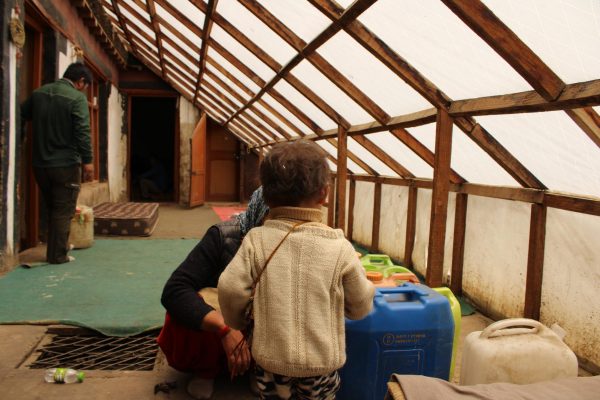
It was quiet. The space was used for prayer and meditation, with a long mine-shaft-like hallway and many little caves carved deep into the rock. It was so quiet you could hear your pulse. Off to the right was a small room filled with paintings, religious items, and a box for offerings. I admired the paintings and figures, and then I walked halfway up the stairs in the main hall and saw a small waiting area. Inside were a few benches for people to sit and a monk serving tea to the visitors. He told me to go inside a small doorway and come back out for tea. Inside was another room with paintings, statues, and a donation box. I explored this one and left through a 3-foot doorway back into the waiting room. I was handed a small cup of herbal tea and invited to sit down. The monk and I chatted for a while. Then he continued serving the other guests. I then asked if there was any Seabuckthorn tea, which is made from a local bright orange berry and known for being very nutritious. “No,” he answered— “none that was ready.” So, I told him not to worry about it and that the tea I had been given was good enough. But he wouldn’t let me settle for good enough. He asked if I’d wait while he brewed a batch of Seabuckthorn tea. How could I refuse? So, I waited. He brewed a fresh batch just for me and brought it over. We kept talking about where I was from, where he was from, and a little about why I was there. When I finished the tea, I thanked him, and we said goodbye. That kind of care—going out of his way just to make sure a stranger didn’t settle for regular herbal tea, which was delicious, mind you—is something I kept experiencing over and over.
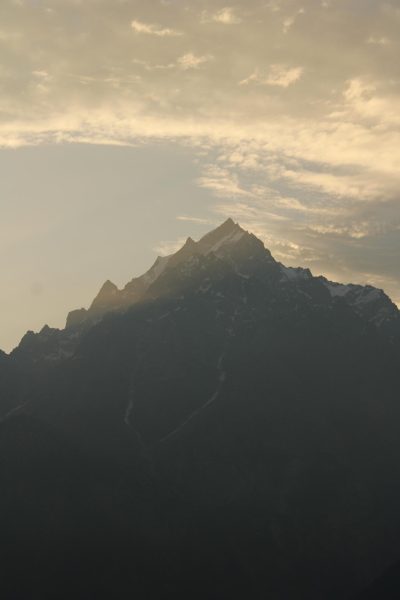
A few days later, I walked into a small shop filled with handmade trinkets. I was asking all sorts of questions—what the items were made of and what the different symbols meant. Instead of brushing me off or rushing me, the shopkeeper smiled and said, “Come back when you have the time in the day when it’s quiet. We’ll drink tea and we’ll talk, and I’ll answer all your questions.” And he meant it.
I came back later that week, and he had remembered. He’d sent someone out to bring back lemon tea. We sat for about half an hour, not just talking about the trinkets, but about life, home, and hobbies. After that, I bought a few small things, and when I said goodbye, he looked genuinely sad to see me go. And honestly, I was sad to leave.
Coming back home it wasn’t hard to realize that in America, hospitality can often feel scripted. It arrives with caveats, with tip jars and time limits. But hospitality in the Himalayas isn’t a service. It’s a value. A reflex. A natural response to seeing another human and saying, “You’re welcome here.” The monks, the merchants, the man on the dirt bike—they didn’t help me out of obligation or for a reward. They helped because it is good to do good. And it didn’t come from wealth or excess, but from their mindset of “I have enough, so let me share it with you.” That is the spirit of the Himalayas. Something I hope I brought back with me alongside the souvenirs, and it’s something I hope to carry with me for the rest of my life.
